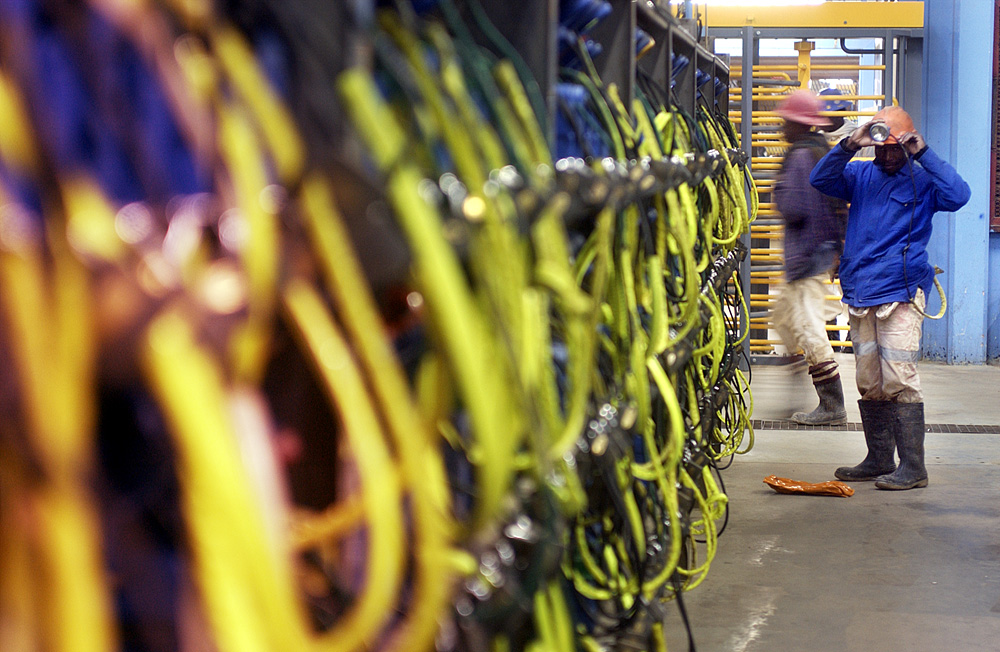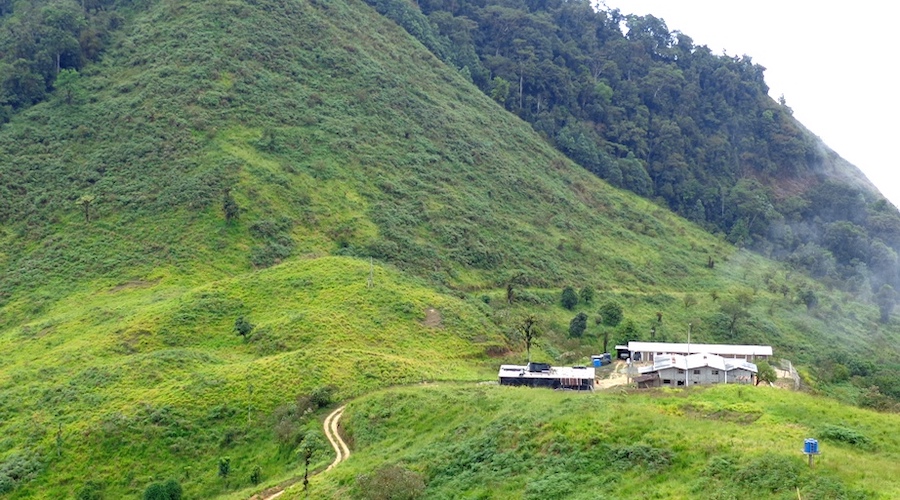World’s deepest mine gets $1 billion injection

AngloGold Ashanti’s Mponeng mine (which for most of its life went by the much more mundane moniker of Western Deep Levels No. 1) in South Africa is a superlative mine in many ways (see below).
But from its owners’ perspective perhaps the most standout feature is its longevity.
Located less than a 100km west of Johannesburg on the Witwatersrand where gold mining dates back to the late 1800s, work on the on first shaft at the modern Mponeng mine began in 1981.
AngloGold is currently putting together a brownfields expansion feasibility study that will extend the life of mine beyond 2050.
Despite the challenges of working 4km below the earth’s surface, Mponeng has the lowest cash costs of AngloGold’s South Africa operations
Output has been decreasing steadily from the 600,000 ounces produced a decade ago with 2016 output at 253,000 ounces. Despite the challenges of working four kilometres below the earth’s surface, Mponeng has the lowest cash costs of AngloGold’s South Africa operations at $779 an ounce.
The expansion project could bring Mponeng back to its glory days reports Mining Weekly quoting AngloGold’s chief operating officers as saying that the phased development strategy “has been swapped for a combined, twin-reef extraction approach, which is looking at shafts and a combination of declines:”
The new approach, which optimises the project as a whole, is expected to set up Mponeng as a producer of 450 000 oz/y of gold for more than 20 years, with all-in sustaining costs improving to about $750/oz.
The capital cost of the Mponeng project will be about $1-billion nominal but is spread over ten years with a maximum capital spend of only $80-million a year.
The Johannesburg-based company added 2.2 million to Mponeng’s resource base (which includes uranium) in 2016 which is already indicated at 37 million ounces, 13 million of which is in the proven and probable category. Even more remarkable, those reserves grade at 9.6g per tonne.

More News
{{ commodity.name }}
{{ post.title }}
{{ post.date }}



4 Comments
Steve Canby
I started my career in 1979 here! I can tell you some stories from here that will make your hair stand on end. Note that the mine was running far before 1981 and I was involved with the commissioning of the ‘New (or ‘number 2′ Uranium Plant’. We called this the ‘New Shaft’ or ‘Number 3 Shaft’.
Thanks for the update! Amazing grade, since the industry usually seeks 2g/t… but when mining at these depths, needs to be a bit richer!
MINING.com Editors
Thanks for comments Steve. I reworded the sentence to make it clearer that we’re talking about the “modern-day” mine.
Craig Phillips
I’m curious how the ghost miners would access the mine? Fascinating story!
Fritz Kruger
Yhep where there is humans there is a way to get in and out